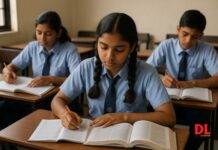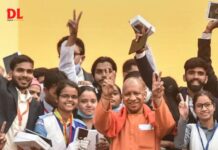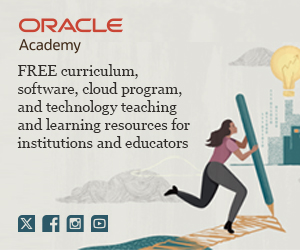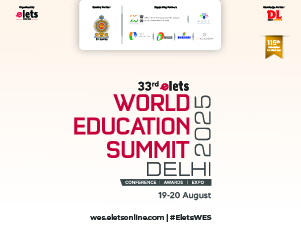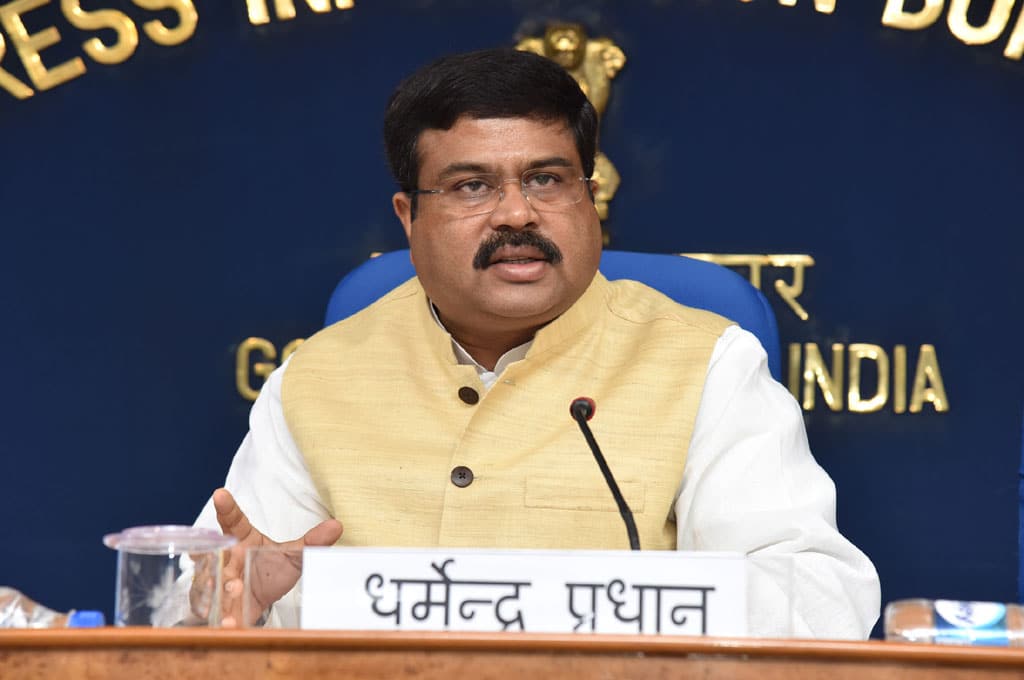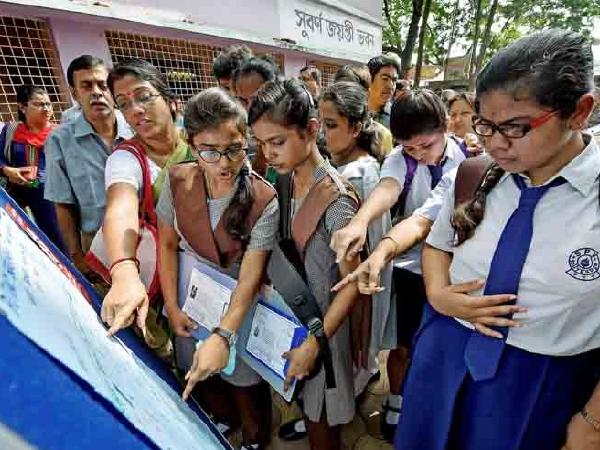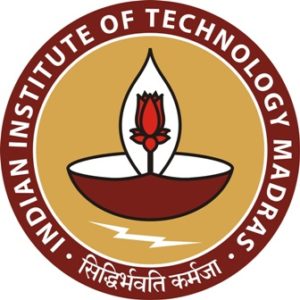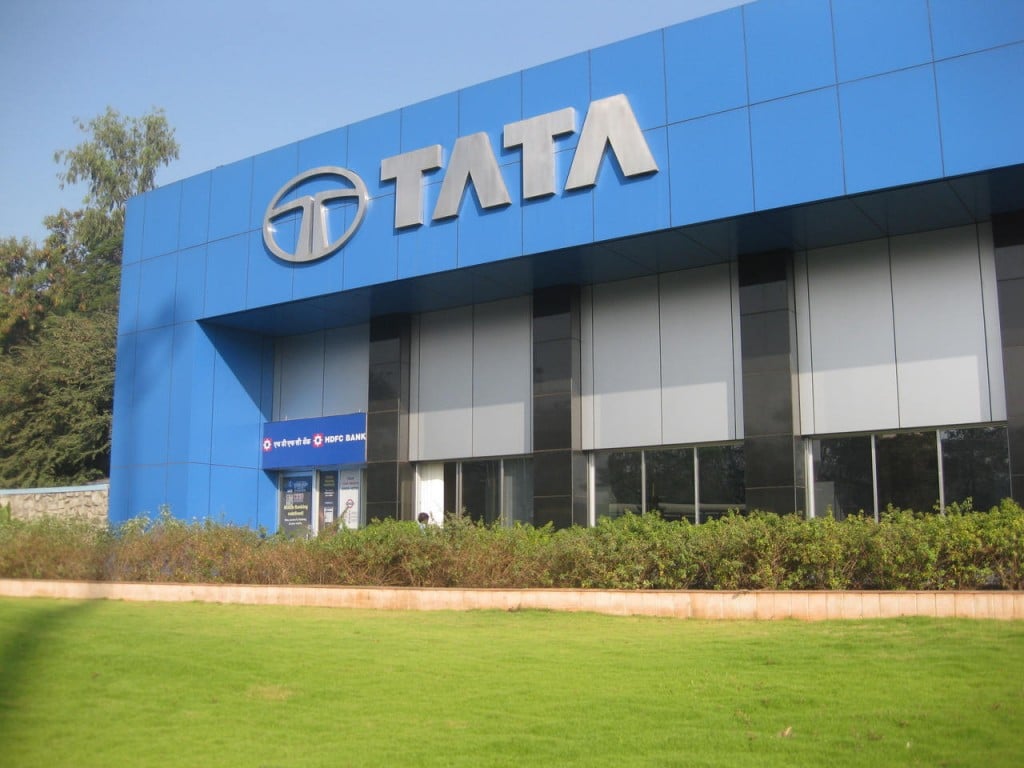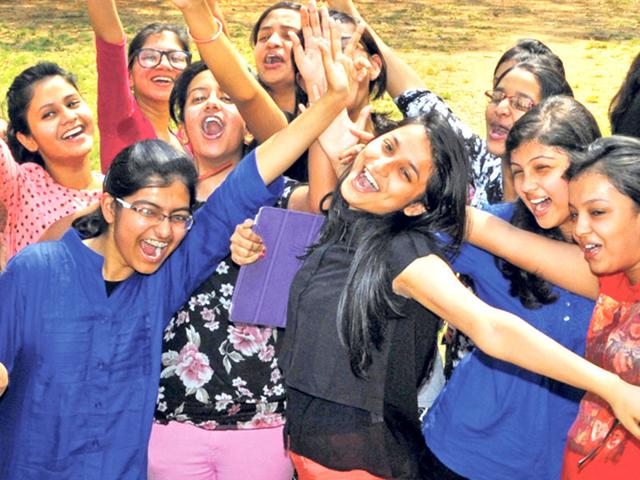The Union Petroleum and Skill Development Minister Dharmendra Pradhan has said that the National Skill Development Mission (NSDM) aims to train over 40 crore people in a wide range of skills by 2022.
Speaking at the foundation day function of Oil Ministry’s Skill Development Institute (SDI) at Bhubaneswar, Pradhan said, NSDM was Launched by Prime Minister Narendra Modi in 2015 and it is Mission is training people in different skills including industrial welding, industrial electrician, and computer data application among others.
Observing the excellent performance of Skill Development Institute (SDI), Bhubaneswar, the Ministry of Petroleum has decided to set up such centres in different parts of the country – Vizag, Kochi, Ahmedabad, Guwahati and Raebareli, Pradhan added.
“I am happy to know that reputed employers and recruiters have shown interest and preferring SDI trainees for recruitment as the students who have passed from SDI have proved their merit by being excellent skilled workforce in their organizations. SDI, Bhubaneswar will drive the skill ecosystem of the Eastern India, he said.
He further said, “SDI has acquired 46.172 acres of the 60 acres allotted by the state government at Jatni and is inching towards a mega Model Skill Academy of International Standards to be able to provide skill training to around 50000 youths over the next 10 years in various regular trades related to Hydrocarbons & local industries.”
“As we all are aware that India today is one of the youngest nations in the world with more than 62 per cent of the population in the working age group (15-59 years), and more than 54 per cent of population below 25 years of age. This group needs to be targeted and shaped well in order to ensure the nation shapes up well,” said Pradhan.
On the occasion, five students of the SDI who have won the state-level skill competitions were felicitated and a special postage stamp coinciding with the foundation day celebrations of SDI pilot campus was also released. The stamp carries brand logo of SDI Bhubaneswar on Konark theme to reflect rich heritage of Odisha. The pertroleum Minister also introduced a new LPG mechanic.

